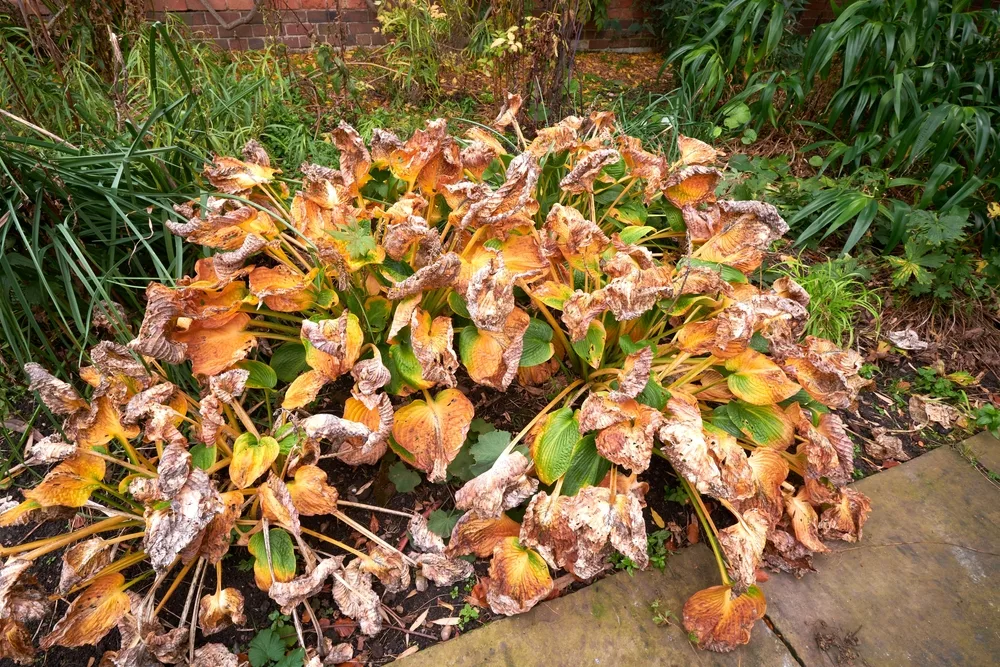
As autumn approaches and the garden begins to wind down, it’s the perfect time to prepare your perennials for the winter months. Properly cutting back perennials in the fall ensures they come back strong and healthy in the spring. Here’s a guide to help you manage your garden’s perennials effectively.
Why Cut Back Perennials in Fall?
Cutting back perennials in fall helps tidy up the garden and remove any dead or diseased growth. This process reduces the risk of pests and diseases overwintering in your garden. Additionally, it helps your plants focus their energy on root development rather than maintaining old foliage.
Perennials to Cut Back in Fall
**1. *Daylilies*
Cut daylilies back to ground level after the foliage turns yellow or brown. Removing spent foliage helps prevent diseases and prepares them for a fresh start in the spring.
**2. *Peonies*
Peonies should be cut back after the foliage dies down completely. Trim them to the ground to avoid any potential fungal issues. This encourages strong new growth for the following year.
**3. *Hostas*
Once the leaves of your hostas have browned and wilted, trim them back to the ground. This helps prevent pests from overwintering in the debris and keeps your garden looking neat.
**4. *Coneflowers (Echinacea)*
Coneflowers can be cut back in the fall or left through winter for added interest. If you choose to cut them back, do so after the blooms have faded and the stems have dried out.
**5. *Black-eyed Susans (Rudbeckia)*
Cut back black-eyed Susans after the foliage has died back. You can also remove the spent flowers if you prefer a tidier look. This helps prevent the spread of diseases and ensures a clean slate for spring.
**6. *Shasta Daisies*
Shasta daisies can be cut back after the blooms have faded. Trim them to about 2-3 inches above the ground to prepare them for a robust comeback in the spring.
**7. *Salvia*
Salvia can be pruned back after the foliage and blooms have died down. This helps maintain the plant’s shape and removes any diseased or dead material.
**8. *Sedum*
Sedum can be cut back after the plant has finished blooming and the foliage has died. Alternatively, you can leave the dried flower heads for winter interest.
How to Cut Back Perennials
- Timing: Wait until the foliage has turned brown or died back completely before cutting back perennials. This ensures you’re removing only the dead parts of the plant.
- Tools: Use clean, sharp garden shears or pruners to make clean cuts. This helps prevent the spread of diseases and makes the job easier.
- Technique: Cut perennials down to ground level or just above the base of the plant, depending on the type of perennial. Avoid cutting into new growth as this can damage the plant.
- Cleanup: Remove all debris from the garden bed. This helps reduce the risk of pests and diseases overwintering in your garden.
- Mulching: Apply a layer of mulch to the garden bed after cutting back your perennials. This helps protect the roots from extreme temperatures and provides insulation during the winter months.
Final Thoughts
Cutting back perennials in the fall is a crucial step in maintaining a healthy and beautiful garden. By following these guidelines and properly managing your perennials, you’ll ensure that your garden thrives and bursts into life come spring.
